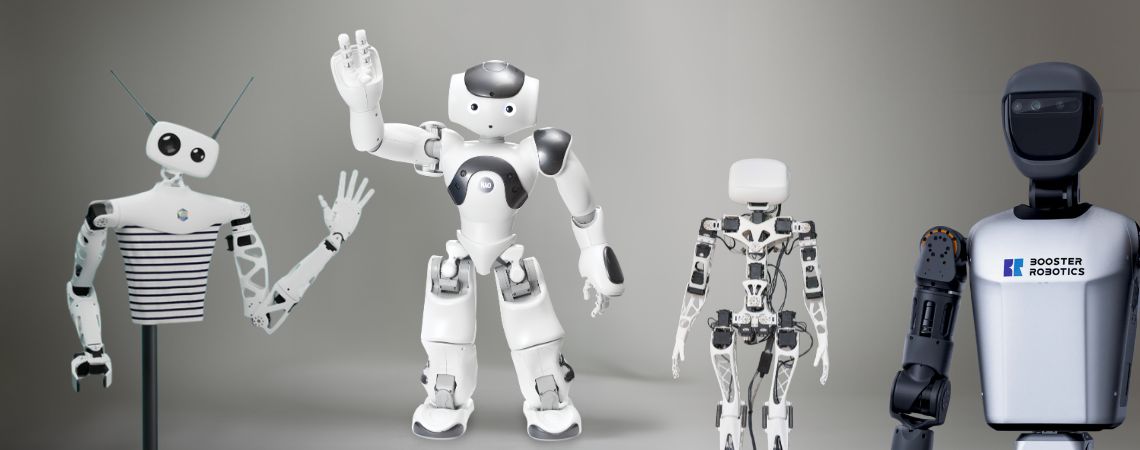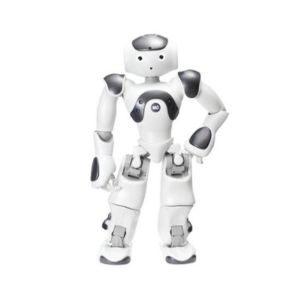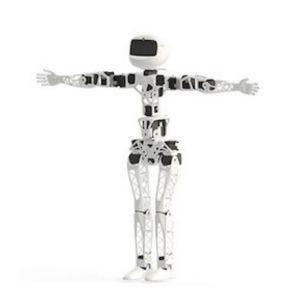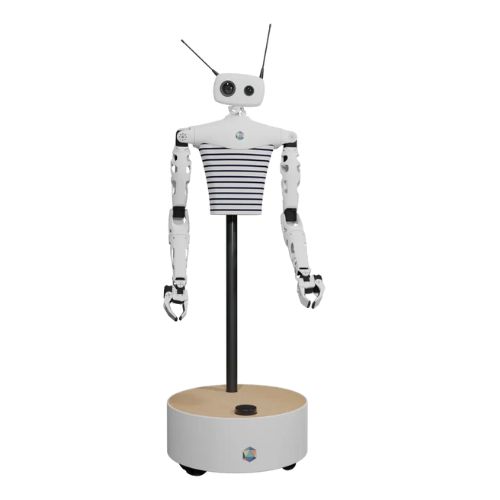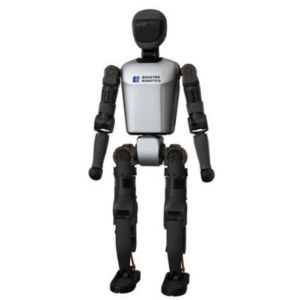In recent years, humanoid robots have taken centre stage in the news, raising both fascination and questions: will they replace humans? Why are they so expensive? Are they capable of cleaning or cooking?
Although impressive videos are circulating, it’s important to remember that these robots are still at an experimental stage, a long way from the progress made by mobile robots or robotic arms.
In this article, we explore in detail the possible applications of humanoid robots, based on the models we sell: Nao, Poppy, Reachy and Booster.
Current applications for humanoid robots
1) Personal assistance
- Care for the elderly: Humanoid robots can help the elderly by providing information, monitoring them and carrying out simple tasks (such as reminding them to take their medication).
- Help for people with disabilities: These robots can help people with motor or sensory disabilities by providing support in everyday life (helping them to move around, open doors, etc.).
Video of Reachy in a kitchen, opening the fridge door and cleaning up coffee stains.
2) Education and mentoring
- Interactive teaching: Humanoid robots can be used to teach concepts in a variety of contexts. schools or universities by offering interactive and personalised courses, particularly in subjects such as languages, mathematics and science
-
Tutoring: They can be used to help students revise or understand certain subjects, by giving immediate answers and interacting dynamically.
Video of the Nao robot, which spent 6 months at Georges Charpak primary school in Nogent sur Oise.
3) Industry and customer service
- Welcome and assistance: In the shops the museums or even in the airports, Humanoid robots can act as hosts and offer information to visitors, such as directions to a particular department or help with bookings.
- Interactivity in companies: Use in trade fairs, events or exhibitions to welcome participants and provide information and demonstrations.
Video of the Booster robot collecting waste at an event.
4) Research and development
- Search robots: In the laboratories, these robots can be used to test and simulate human interactions, helping to develop new products or services.
- Testing in extreme environments : Some humanoid robots are used to carry out experiments in dangerous areas, such as in natural disaster simulations or space missions.
5) Safety
- Monitoring Humanoid robots can be deployed to patrol public or private areas to ensure safety.
6) Medical care and rehabilitation
- Physical rehabilitation: These robots can be used in rehabilitation programmes to help patients carry out physical rehabilitation exercises.
- Assistance in hospitals: Humanoid robots can help deliver medicines, interact with patients and provide medical information.
Video of the Mirokaï robot assisting nursing staff at Broca Hospital AP-HAP
Examples of humanoid robots that can be used for this type of application
NAO V6: immersive experience for education and healthcare
Nao is a bipedal humanoid robot capable of natural interaction with humans and compatible with generative AI for immersive, playful experiences. With more than 19,000 NAO robots deployed in over 70 countries, this humanoid robot has made a name for itself in a variety of sectors, including education, research and healthcare.
Applications
- Education: The new website: learning programming, AI and all content from primary to higher education.
- Health: physical rehabilitation, autism therapy, cognitive stimulation
- Search: from artificial intelligence to psychology, social robotics and education, to explore the complex interactions between humans and robots.
Poppy Humanoid: an advanced, easy-to-use open-source robot
Poppy Humanoid is an open-source robot based on advanced robotic actuators and 3D-printed parts, making it the platform of choice for laboratories, engineering schools, FabLabs and art projects. It is designed to be fully customisable.
Applications
- Education: The Poppy robot can be successfully used in secondary schools and engineering schools. Students, organised in groups, can focus on specific objectives (designing a new mechanical part, building a leg, adding sensors, programming specific behaviours, etc.).
- Search: The Poppy platform is used to share code and robot design. The Poppy platform has been designed to enable researchers to reproduce and share results from another laboratory.
Reachy: open-source platform for Manipulation and Interaction
Reachy is an open-source humanoid platform that perfectly combines human interaction and object manipulation. Programmable via Python and ROS2, Reachy is designed for advanced robotics applications and artificial intelligence research. With its expressive head and bio-inspired arms, it creates natural and engaging human interactions.
Applications
- Research in Robotics and AI: Reachy is an ideal platform for testing artificial intelligence algorithms, machine learning, and human-robot interaction, particularly for researchers in advanced robotics.
- Virtual Reality Teleoperation: With its VR kit, Reachy allows remote teleoperation, making it ideal for applications in hazardous or hard-to-reach environments, such as underwater exploration or emergency interventions.
- Training and Education: Reachy is an excellent educational tool for teaching robotics, programming, and artificial intelligence in schools, universities, or training centers, allowing students to work directly with a humanoid robot.
Booster T1: an open-source humanoid robot for developers and researchers
The Booster T1, developed by Booster Robotics, is an open-source humanoid robot designed to meet the needs of robotics developers and researchers. Its design ensures dynamic performance while resisting shocks and falls.
Applications
-
Educational projects: providing an interactive tool to introduce students to advanced robotics concepts
-
Industrial research: testing and developing innovative robotics solutions
-
Product development: designing and testing specialised applications.
Conclusion
Humanoid robots represent a major advance in many fields, fromeducation to industrial research. Their open-source design and ability to be customised make them particularly well-suited to innovative projects, whether testing new applications, exploring advanced robotics concepts or improving human interaction.
However, their high cost and technical limitations mean that, although they represent the future of robotics, it will still be some time before they become effective and accessible everyday assistants.
If you or your team are considering integrating a humanoid robot into your project, please do not hesitate to contact us:

